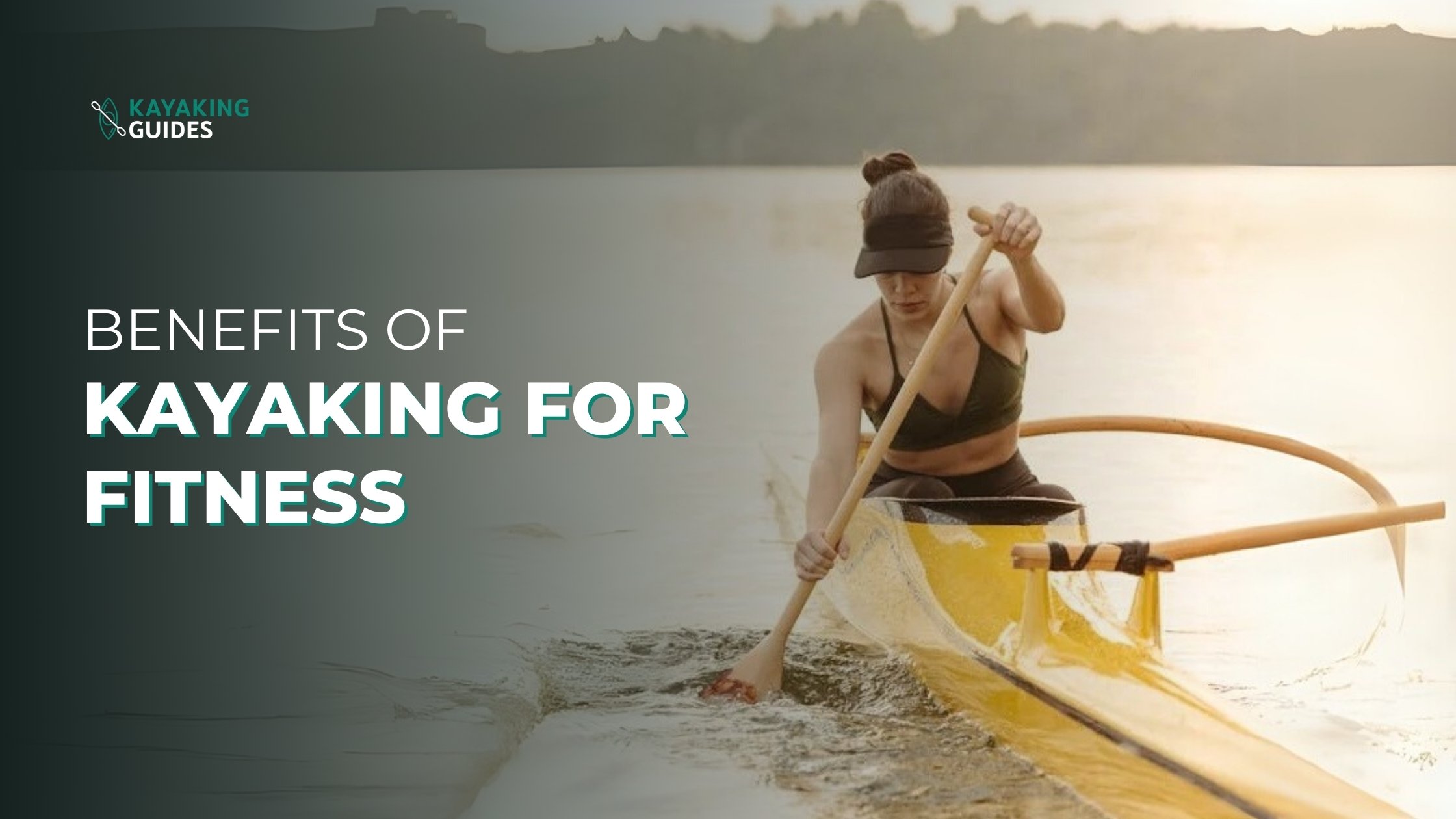Kayaking is not just a fun water activity—it’s also a fantastic way to stay fit and healthy!
Whether you’re paddling on a calm lake, river, or in the ocean, kayaking can help you build strength, improve your balance, and boost your fitness. It’s a great workout for your arms, back, and core, but it also works your legs and heart as you paddle.
In recent years, kayaking has become more popular for its physical and mental health benefits. In this article, we will explore the various benefits of kayaking for fitness. So, let’s dive in!
Full-Body Workout
One of the main benefits of kayaking for fitness is that it provides a full-body workout. Paddling requires the use of muscles in the arms, shoulders, back, and core. The constant movement of the arms and shoulders while paddling helps to build upper body strength and tone the muscles.
The twisting motion of the torso also engages the core muscles, providing an effective abdominal workout. Additionally, the legs are also engaged in maintaining balance and stability in the kayak, making it a complete body workout.
Cardiovascular Health
Kayaking is a great way to get your heart pumping. It boosts blood flow throughout your body. When you paddle at a steady pace for a long time, you strengthen your heart muscles. This can reduce the risk of heart disease. Regularly kayaking also helps lower blood pressure and cholesterol levels. As a result, you enjoy better heart health.
Low-Impact Exercise
Kayaking is different from running or weightlifting. It’s a low-impact exercise, which means it puts minimal stress on your joints. This makes it perfect for people with joint issues or those recovering from injuries. As you paddle, the smooth motion helps improve joint mobility and flexibility.
Burns Calories
Kayaking is an excellent way to burn calories and lose weight. According to the American Council on Exercise, a person weighing 125 pounds can burn up to 283 calories in an hour of kayaking at a moderate pace. This number increases to 454 calories for a person weighing 185 pounds. The number of calories burned can vary depending on factors such as the intensity of paddling, water conditions, and body weight. Regular kayaking can help you maintain a healthy weight and improve your overall fitness.
Builds Endurance
Kayaking demands a lot of physical stamina and endurance. Paddling for long periods builds endurance and boosts overall stamina. As you gain experience, you can increase the intensity and duration of your sessions. This challenges your body, making it stronger and more resilient.
Mental Benefits of Kayaking for Fitness
Stress Relief
Kayaking is an excellent way to escape from the stresses of daily life and connect with nature. The peacefulness of being out on the water, surrounded by beautiful scenery, can help reduce stress and promote relaxation. The rhythmic motion of paddling also has a calming effect on the mind, making it an ideal activity for those looking to unwind and de-stress.
Improves Mental Focus
Kayaking requires a high level of concentration and focus to navigate through the water safely. This helps to improve mental clarity and focus, as you have to be aware of your surroundings and make quick decisions while paddling. Regular kayaking can also help improve hand-eye coordination and reaction time.
Boosts Mood
Exercise releases endorphins, the “feel-good” hormones. This boost in mood reduces anxiety and depression. Kayaking is particularly beneficial. It mixes physical activity with nature’s soothing effects, greatly improving mental health.
Increases Self-Confidence
Kayaking can boost your self-confidence and self-esteem. As you improve your paddling skills and navigate various water conditions, you’ll feel a sense of pride and accomplishment. This growth positively affects your mental well-being.
Tips for Safe and Effective Kayaking
Start Slowly
If you are new to kayaking, it is essential to start slowly and gradually increase the intensity and duration of your paddling sessions. This will help prevent injuries and allow your body to adjust to the physical demands of kayaking.
Use Proper Technique
Using the correct paddling technique is crucial for both safety and efficiency. Make sure to keep your arms straight while paddling and use your torso to generate power rather than just your arms. It is also essential to maintain a good posture and engage your core muscles while paddling.
Wear Appropriate Gear
Wearing the right gear is crucial for safe and comfortable kayaking. You need a well-fitted life jacket, weather-appropriate clothing, and water shoes or sandals with good grip.
Stay Hydrated
It is crucial to stay hydrated while kayaking, especially on hot days. Bring plenty of water with you and take regular breaks to rehydrate.
Be Aware of Your Surroundings
Always be aware of your surroundings while kayaking. Watch for other boats, currents, and hazards like rocks or logs in the water. It is also essential to check weather conditions before heading out on the water and avoid kayaking in strong winds or storms.
Conclusion
Kayaking is an excellent form of exercise that offers many physical and mental health benefits. It provides a full-body workout, improves cardiovascular health, burns calories, and builds endurance.
It also has mental benefits such as stress relief, improved focus, boosted mood, and increased self-confidence. By following proper safety precautions and techniques, kayaking can be a safe and effective way to stay fit and healthy. So, grab a paddle and hit the water to experience the many benefits of kayaking for fitness.










